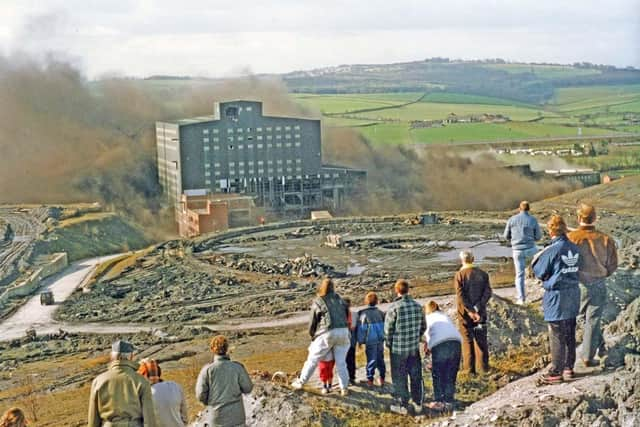Residents of Yorkshire mining village oppose plans for 115 homes on colliery site - fearing 'loss of identity'
LP Planning hope to build the development across two parcels of land to the west of Woolley Colliery Lane, northwest of Darton.
The land formed part of Woolley Colliery Mine, and DLP has proposed to build up to 75 homes on the north site, and up to 40 on the south site. Of the properties, ten would be allocated as ‘affordable’ homes.
Advertisement
Hide AdAdvertisement
Hide AdTwenty-two residents wrote in to Barnsley Council regarding the plans, raising a number of concerns, including extra traffic congestion, “rat running” through Woolley Grange, air and noise pollution, “unreliable” buses, and loss of ecological value.


One resident commented that Woolley Colliery is losing its identity and this will continue if this proposal is allowed”.
Barnsley Council’s planning officer told today’s (February 14) planning board meeting that the developers have proposed a new footpath link with an existing path and bridleway on Woolley Coillery road in a bid to provide better access to Darton Station.
Hedgerows will also be removed and replaced three meters back, in abid to improve traffic visibility along the stretch.
Advertisement
Hide AdAdvertisement
Hide AdThe site is of “high ecological value” due to a rare butterfly species, but the council’s officer added that the land would deteriorate and may not be a suitable habitat in the next five to 10 years.
To mitigate this, developers and the council’s ecologist have agreed a 30 year plan to allow such species to ‘thrive’.
The site will provide an 84 per cent biodiversity net gain.
An asessment of the A637 Barnsley Road, Church Street and Churchfield Lane junction during peak times, and concluded that the impact of traffic generated by the development will ‘marginally increase queuing, particularly during the AM peak period’.
The report adds that the queuing was ‘shown to be short-lived and can be satisfactorily accommodated without impact on upstream junctions and accordingly, no further detailed assessment or mitigation in respect of thejunction is therefore considered to be necessary’.
Highways officers concluded that the development “will not result in unacceptable highway safety impacts or result in a severe impact”.
Further details are expected at the outline planning stage.